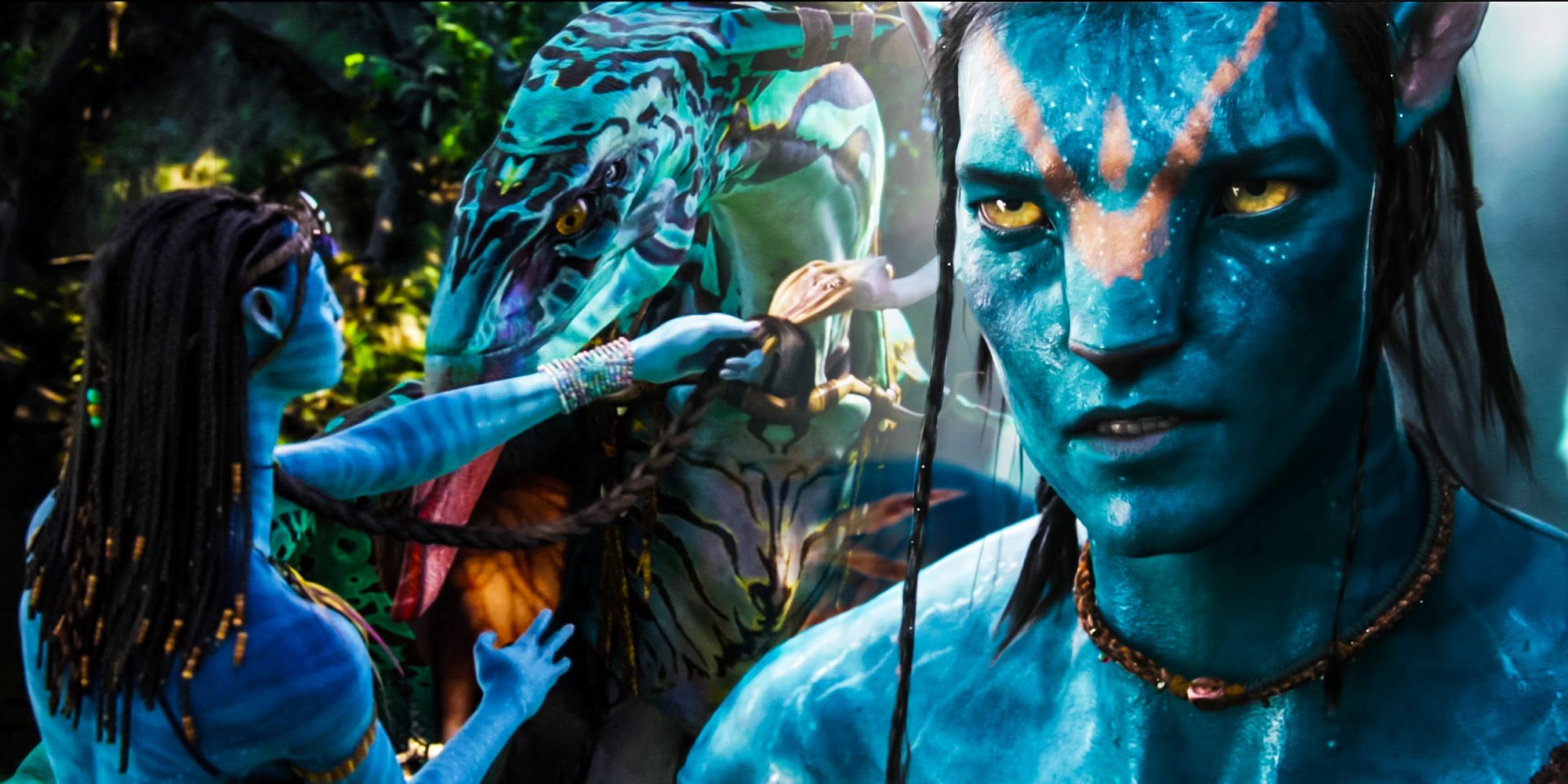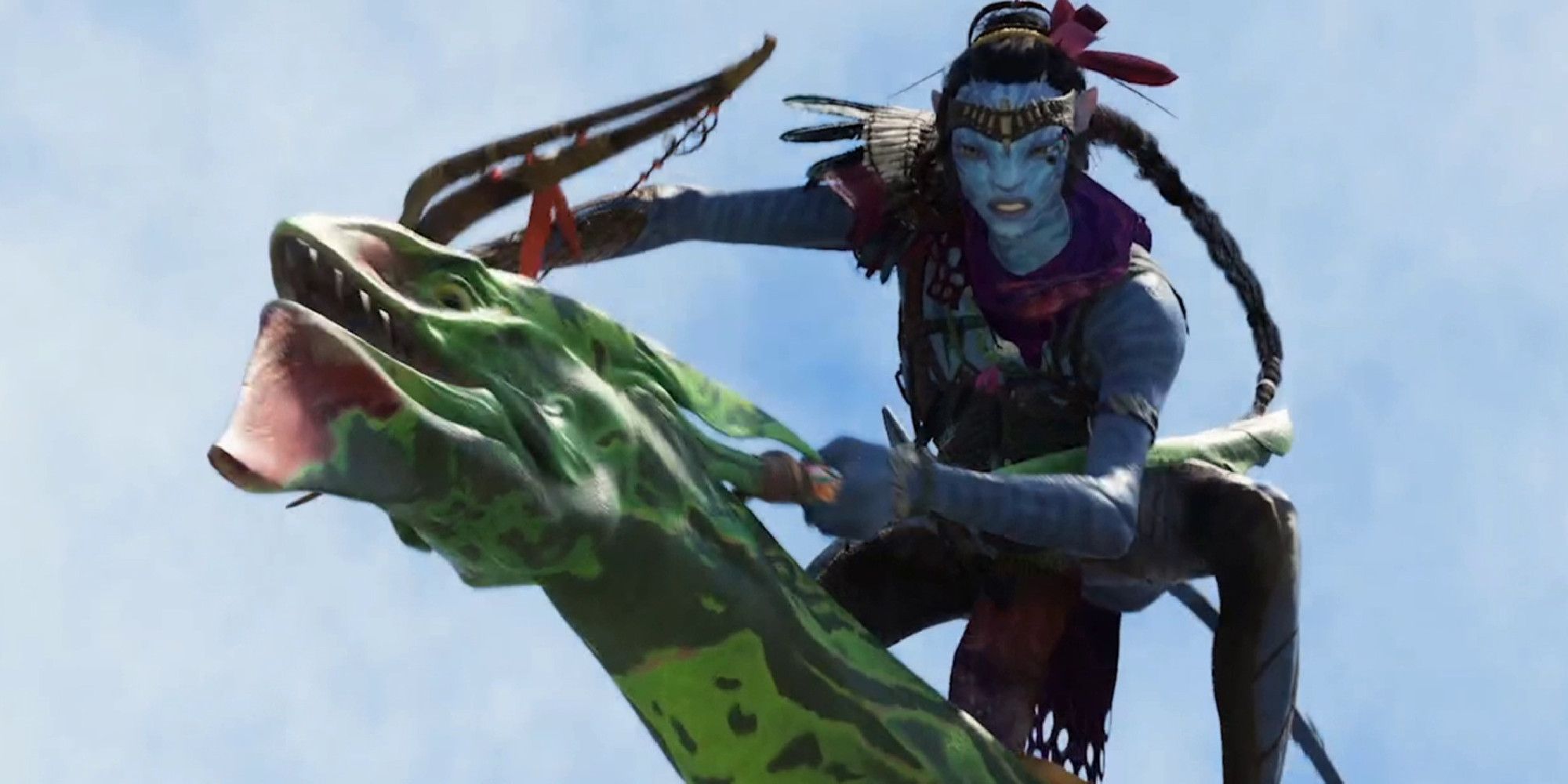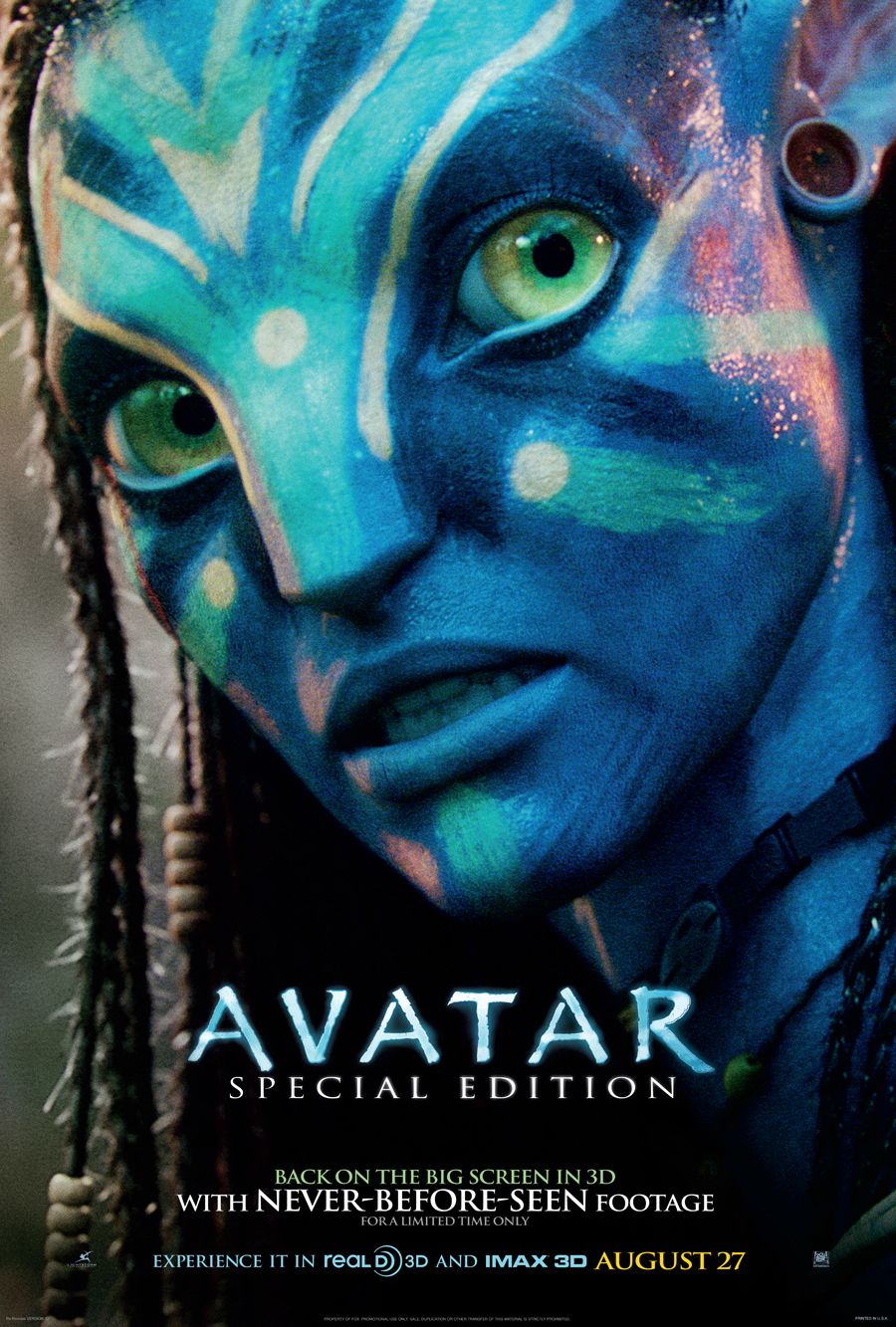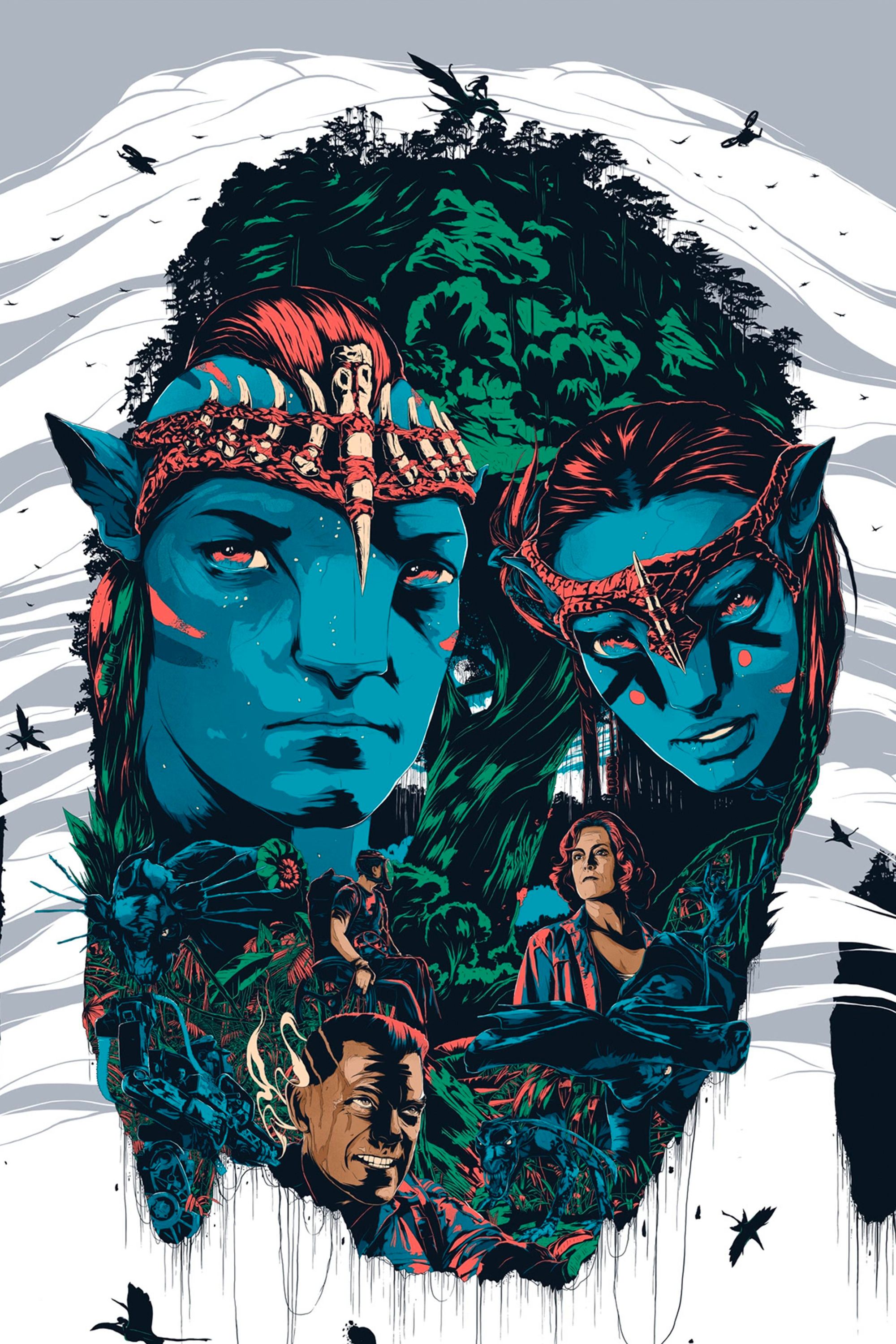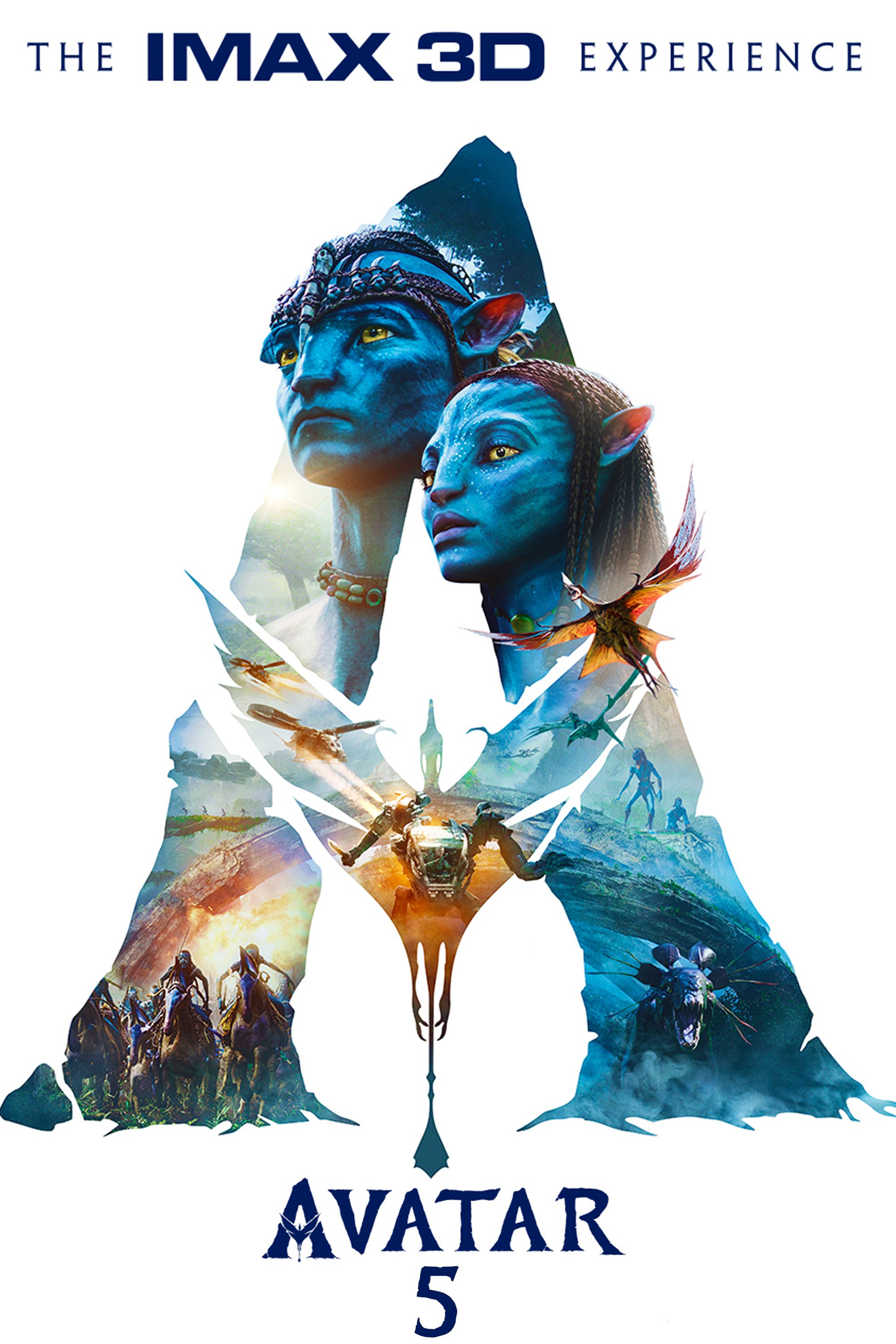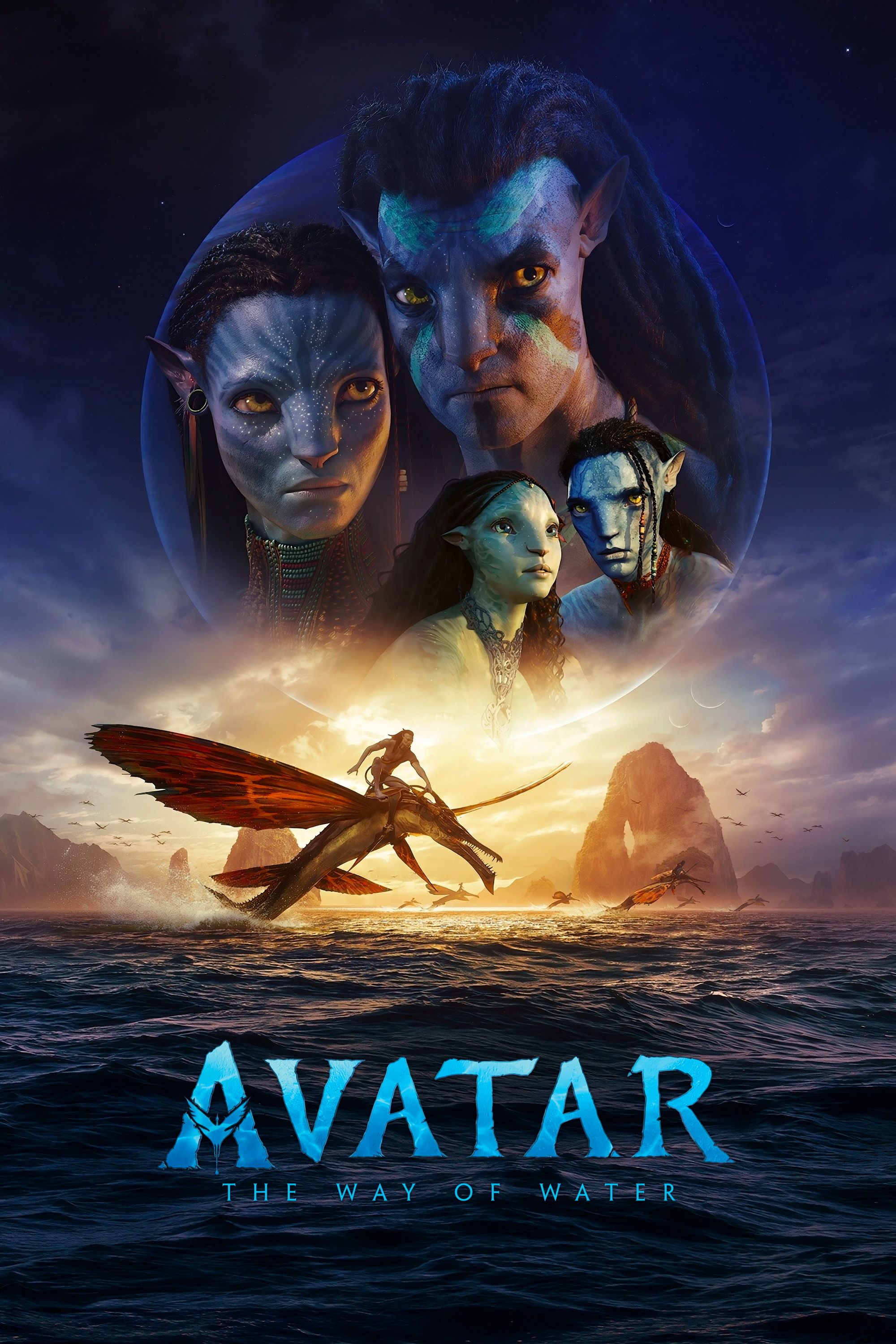In James Cameron’s Avatar, the bond between the Na’vi and the wildlife of Pandora is one of the movie’s most fascinating themes, but how the Na’vi form these bonds is even more interesting. Avatar has been hailed for its groundbreaking visual effects. However, thanks to good old-fashioned storytelling, it’s the movie’s lore that seems to have made the longest-lasting impression. From how his creations worship to how they structure their society, to how they eat, sleep, and mate, James Cameron leaves no stone unturned in his efforts to bring the Na’vi to life. So while some have criticized James Cameron for being unoriginal, calling Avatar a ripoff of movies like Princess Mononoke, it's hard to fault the filmmaker when it comes to world-building. Perhaps the most illuminating of all Avatar's world-building details, though, is the Na’vis’ relationship with nature.
On Pandora, everything in nature is connected. The Na’vi worship this connection as a personified deity called Eywa, but it’s more than just a matter of religious faith. Eywa represents a real neural network connecting all the plant and animal life of Pandora. The network forms a collective consciousness the Na’vi and Pandora's wildlife can tap into via “Tsaheylu,” a process involving specialized appendages called neural queues, which all Pandora's lifeforms possess. The neural queues of Avatar's Na'vi are sheathed in a ponytail, a detail the forthcoming Avatar 2 will explore further. As well as the collective consciousness, the Na’vi can connect one-on-one with animals, letting them think, feel, and communicate with the animal. This includes mounts like the direhorse and mountain banshee which, under the direct control of their riders, become formidable hunting companions.
This one-on-one Tsaheylu, performed by intertwining their neural queues with those of other living things, is how the Na’vi form lifelong bonds with the wildlife of Pandora. In fact, the Na’vi word “Tsaheylu” translates to “bond.” The act features in several of Avatar's most memorable sequences, like when Jake Sully (Sam Worthington) first rides a direhorse, and when he catches a mountain banshee, an important rite of passage for the Omaticaya clan of Pandora's Na'vi. In these and other scenes, the neural queue can be seen in action, its tendrils reaching out and interlocking with the animal’s tendrils like two hands clasping. It’s an out-there concept, even by sci-fi standards, but it has some real-life scientific corollaries.
How Na'vi Tsaheylu Has Real Science Behind It
On Pandora, all plant life is connected by Eywa and acts as a repository for biological memory. Here on Earth, trees communicate with one another via vast systems of fungal mycelia called mycorrhizal networks. Some of the chemicals used to transmit communications, such as the distress chemical glutamate, can be found in plants, animals, and people, perhaps setting a precedent for how the plants, people, and creatures in Avatar might be able to communicate. The exact mechanism for how they might transmit these signals gets a bit more complicated, but it, too, has a basis in science.
It’s no accident that the neural queue (or whip) resembles a neural axon, the whip-like, tendril-tipped projection with which nerve cells (neurons) send and receive chemical messages via neurotransmitters, perhaps suggesting that every living thing on Pandora is an individual nerve cell in the greater hivemind. However, most individual neurons only transmit one type of neurotransmitter, while complex thoughts, feelings, and motor commands (like those shared between the Na’vi avatar of Jake Sully and his mountain banshee in Avatar) require whole cocktails of neurotransmitters. Thus, a more in-depth explanation of how the Na’vi bond with the wildlife of Pandora requires some speculation.
Maybe the neural queues are less analogous to axons than to nerves, which are bundles of neurons, and each tendril is its own neuron. True mind-melding, though, would presumably involve billions of neurons, and thus billions of tendrils, while the neural queues portrayed in Avatar have hundreds at most. So, continuing with this line of thinking, maybe each tendril in a Na'vi's queue is a nerve with its own bundle of neurons. In any case, by grounding Avatar in science, James Cameron has given audiences plenty to think about.

